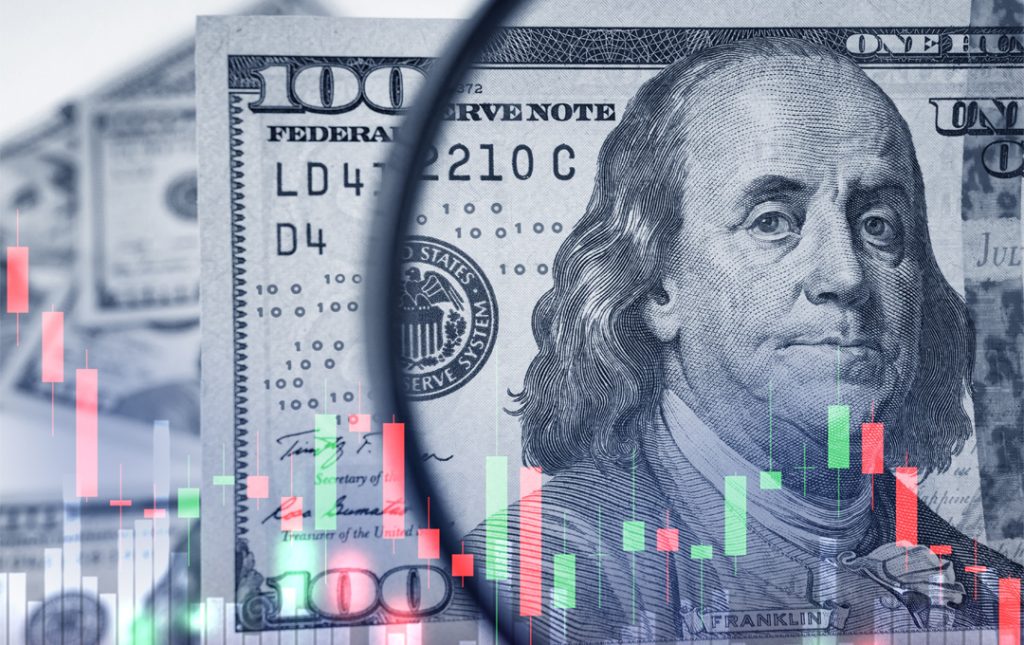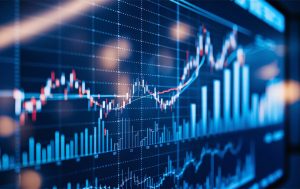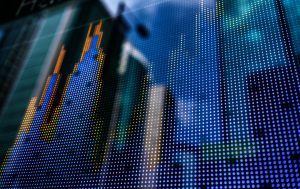Yesterday, we saw something in the financial markets that might seem confusing. The U.S. Federal Reserve—the nation’s central bank—cut its key interest rate. Normally, an action like this would make the U.S. dollar weaker. Instead, the dollar had its best day in weeks, gaining strength against other world currencies.
So, what happened?
What the Fed Did (The Simple Part)
First, let’s look at the official announcement. The Fed did two things that were generally seen as good news for the economy:
- They cut interest rates. They lowered their main rate by 0.25%, which makes it cheaper for businesses and consumers to borrow money for things like expanding a company or buying a home.
- They ended a program called “QT.” In simple terms, they announced they would stop an operation that was actively removing money from the financial system. This helps make sure there’s plenty of cash available for banks to lend.
Both of these moves are designed to give the economy a boost. And a boost from the central bank usually means a weaker currency.
The Plot Twist (What the Fed Said)
The entire story changed about 30 minutes after the announcement, when Fed Chair Jerome Powell began his press conference.
Markets had been almost certain that the Fed would cut rates again at its next meeting in December. But Powell threw cold water on that idea. He essentially told the market, “Not so fast. Don’t assume another cut is coming.” He signaled that the Fed might press the “pause” button on rate cuts to wait and see how the economy performs.
Why This Matters for the Dollar
The connection between interest rates and currency values is simple: money flows to where it can earn a higher return.
Before Powell spoke, investors believed U.S. interest rates would continue to fall, making the dollar less attractive. When he introduced the possibility of a pause, the market had to rapidly change its thinking. If U.S. rates might not fall as much as previously thought, the dollar suddenly looks more attractive again compared to other currencies.
This caused a massive scramble. Traders who had bet against the dollar were forced to buy it back quickly to close their positions, and this sudden wave of buying pushed its value sharply higher.
What This Means for You
For the average investor, this is a powerful reminder of a few key things:
- Expect More Volatility: The Fed itself is uncertain about the path of the economy. This uncertainty means we can expect more choppy, unpredictable moves in the markets in the coming weeks.
- The Dollar is Stronger (For Now): Powell’s comments have put a floor under the dollar, at least for the short term. The trend has shifted from definitively down to sideways or even slightly up.
- Watch the Data: The most important event for markets in the near future will be the release of the official U.S. jobs report. That report will be the key piece of evidence that either confirms Powell’s caution or forces the Fed to start cutting rates again.
In today’s market, it’s crucial to remember that listening to what central bankers say is often just as important as watching what they do. The Fed’s action was expected, but its words are what moved the entire market.



